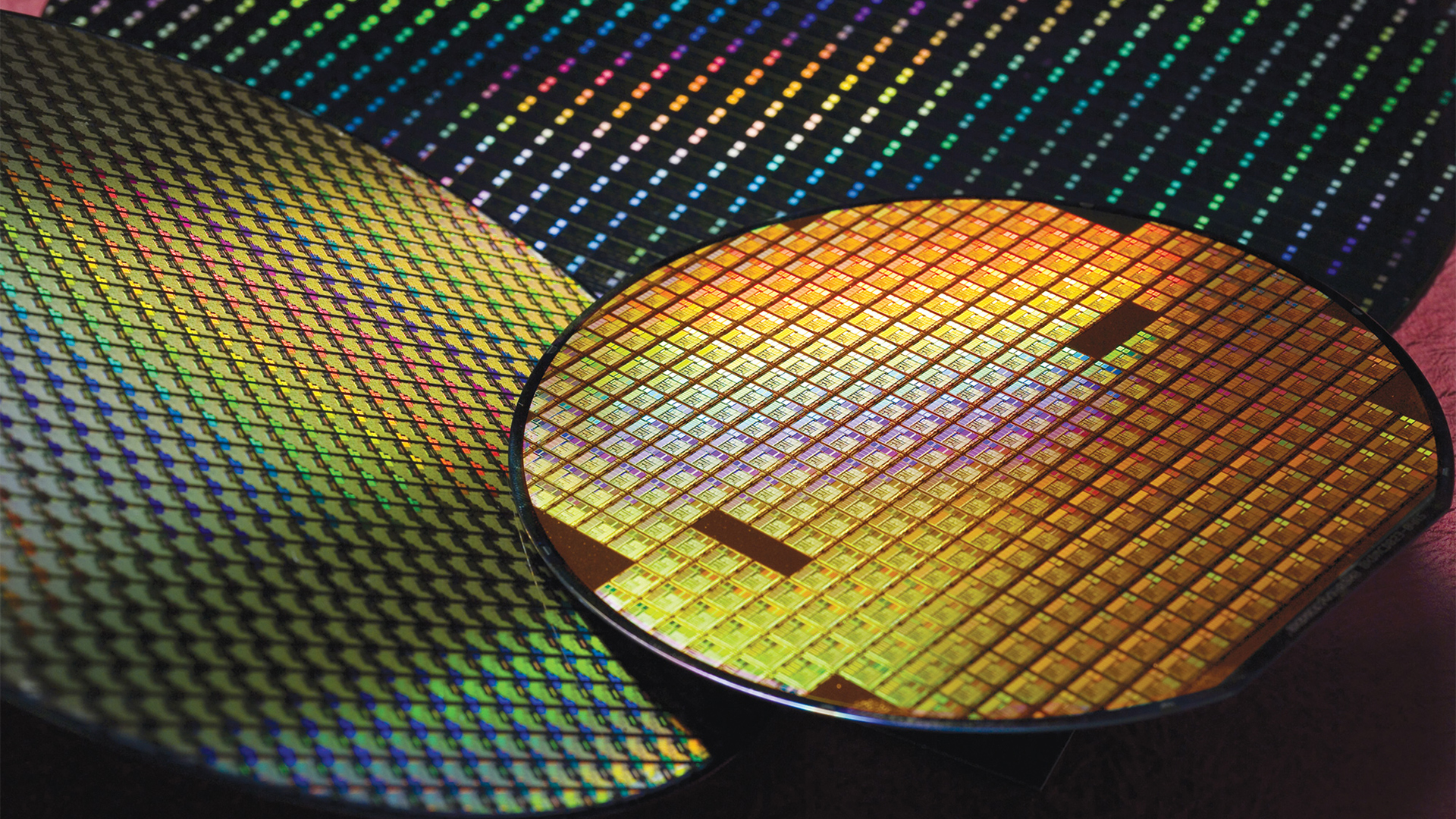The Chinese electronics giant, formerly the largest smartphone manufacturer in the world, has been hindered by a growing number of American export restrictions that began in 2019. Huawei is now working with other Chinese chipmakers, such as Fujian Jinhua Integrated Circuit Co. (JHICC) and Ningbo Semiconductor International, both of which are on the American blacklist, to increase the production of its own chips after three years of using up previously built-up supplies and relying on “off-the-shelf” chips. According to information, Huawei modified a few of the main designs so they could be produced using antiquated or less sophisticated methods. In China, this industrial technology is easily accessible. It is also made known that the corporation uses the manufacturing facilities of already-established Chinese semiconductor firms rather than constructing its own. The insider further said that the Chinese tech giant helps local semiconductor manufacturers by aiding them with purchases and operations.
Why does Huawei intend to enter Semi-Conductor production?
Huawei is not permitted to purchase chipsets from American manufacturers as a result of the 2019 U.S. ban on Huawei. The business has also been forbidden from producing new HiSilicon Kirin chips from Taiwan’s TSMC after a subsequent crackdown. Furthermore, the US government’s recently introduced CHIPS Act which seeks to stifle the expansion of technology-related sectors in “hostile nations,” which includes China. Since then, a number of firms have tried to circumvent the situation by moving their production domestically in an attempt to support local business. Tech behemoths like SMIC are advancing towards more recent technologies like 7nm fabrication, which has bridged the gap created due to international restrictions. Chip production for telecom equipment and the automobile industry is Huawei’s top priority. It is uncertain when the actual production intiates since no official statement has been issued by the company. Source: Nikkei Asia
